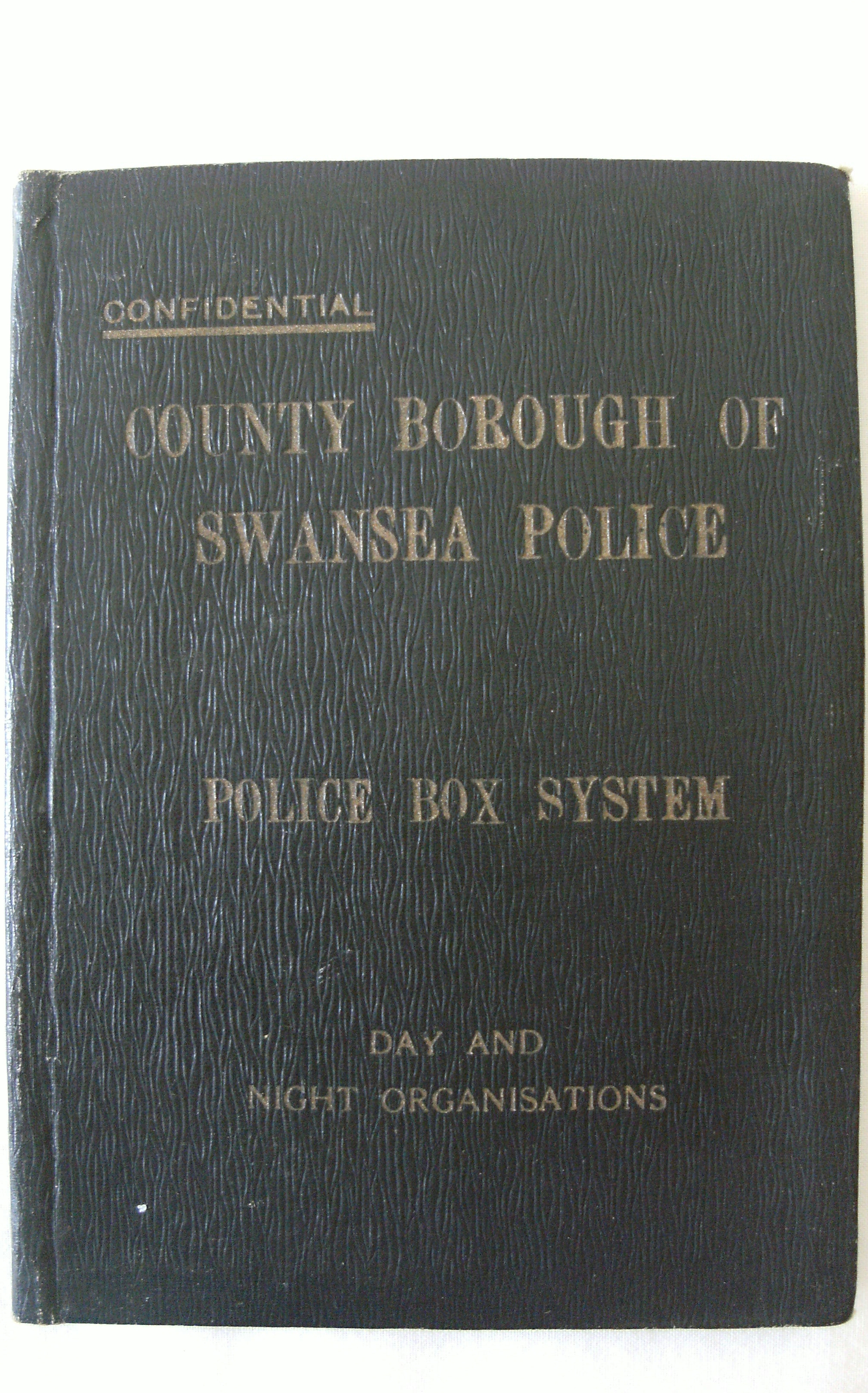Content can be downloaded for non-commercial purposes, such as for personal use or in educational resources.
For commercial purposes please contact the copyright holder directly.
Read more about the The Creative Archive Licence.
Description
***This system was developed in the 19th century. It no longer exists and disappeared from use over half a century ago.****
Before the advent of personal radio communications beats were organised in towns and cities to cover specific areas usually shown on a map in the police station and given some sort of name or number.
Officers reporting on duty would be allocated a beat by their sergeant and sometimes given a card indicating that the officer should be at a particular point at set times, usually half an hour, or forty-five minutes apart. The points would usually be telephone kiosks, police pillars or boxes, or perhaps public houses where it would be possible to phone the officer should he be needed to respond to an incident.
The officer would remain at the point for five minutes and then patrol the area gradually making his way to the next point.Sometime during an officer's shift he could expect a supervisory officer to meet him at one of the points.
This ensured the beat patrol was being correctly carried out, and was an opportunity to discuss problems. The supervisory officer would sign the officer or constable's pocket book ensuring that it was up to date.
It was expected that a constable would learn all about each beat he covered, even though they would not necessarily be the same one each shift.
A new constable would usually be shown around the beats by an experienced constable who would point out important considerations.












Do you have information to add to this item? Please leave a comment
Comments (0)
You must be logged in to leave a comment